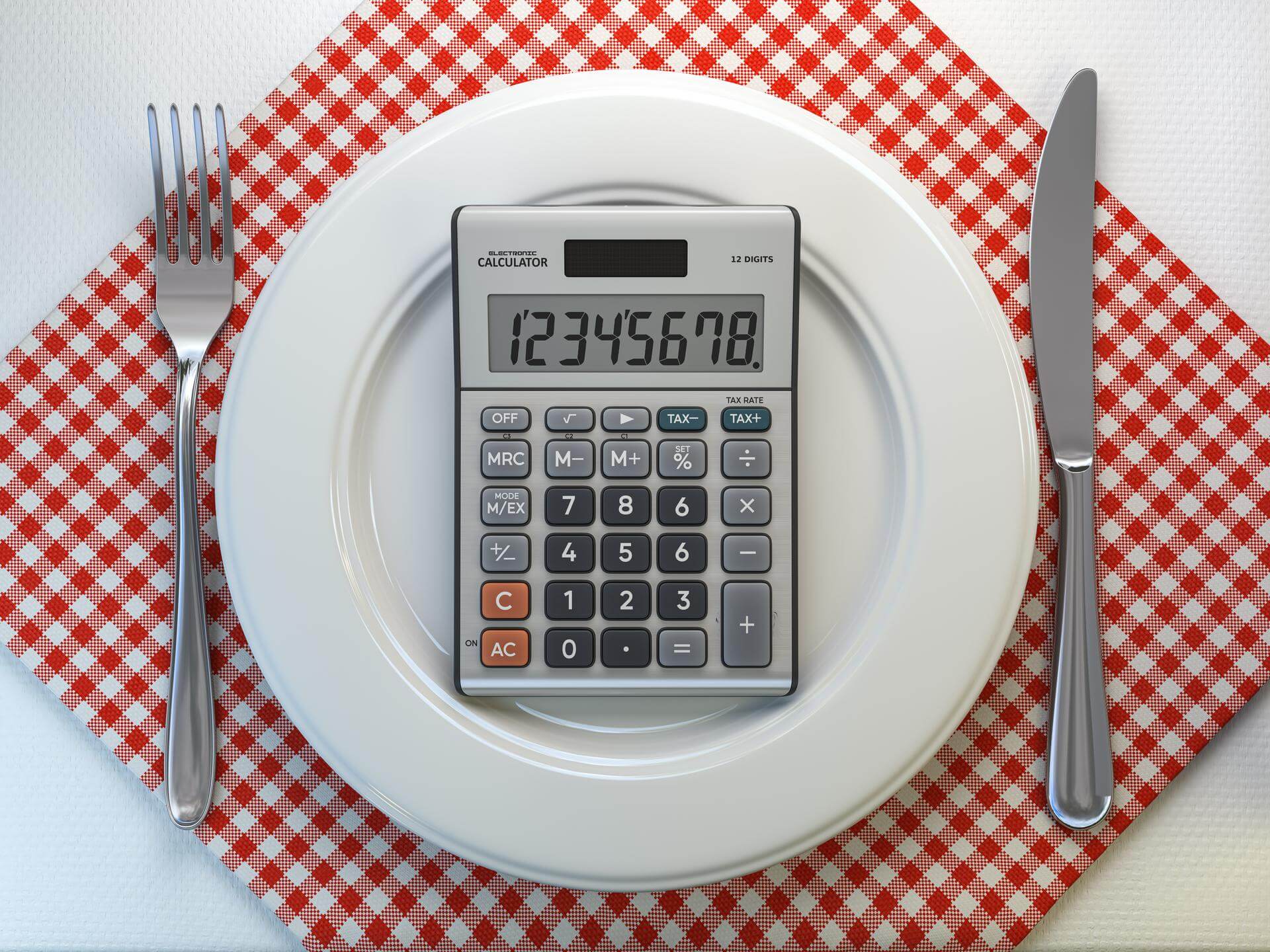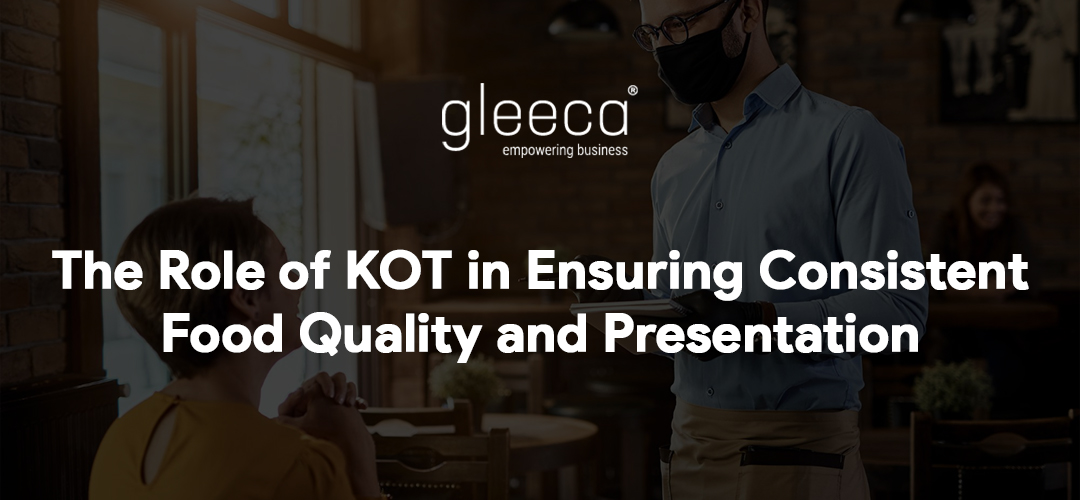Pricing is a critical element in the restaurant business. It’s not merely about assigning numbers to dishes; it’s about creating a strategy that influences customer behaviour, drives profitability, and aligns with the restaurant’s brand and market positioning. Whether you run a fine-dining restaurant that offers an exquisite culinary experience or a casual dining establishment that caters to a broader audience, the choice of pricing strategy is pivotal. In this article, we will delve into various restaurant pricing strategies, define each approach, and provide easy-to-understand examples for both fine-dining and casual-dining restaurants.
Cost-Plus Pricing:
Cost-plus pricing is a straightforward strategy where restaurants calculate the cost of producing a dish, including ingredients, labour, and overhead, and then add a desired profit margin to determine the menu price.
In a fine-dining restaurant, a signature dish crafted with premium ingredients costs approximately INR 800 to make. To maintain an upscale image and achieve profitability, the restaurant adds a 40% profit margin. Consequently, this delectable dish is priced at INR 1,120.
Value-Based Pricing:
Value-based pricing centres on the perceived value of a dish to customers. Prices are determined based on what the target market is willing to pay, considering factors like taste, presentation, and the overall dining experience.
A high-end fine-dining restaurant specializes in a gourmet seafood platter, and they understand that their discerning clientele values such a dish. They set the price at INR 2,500, reflecting the perceived value and exclusivity of the item.
Competitive Pricing:
Competitive pricing involves analyzing the prices of similar restaurants in the vicinity and setting your prices to be competitive. It can mean pricing items slightly higher, lower, or at the same level as your competitors.
An eatery in a bustling area observes that neighbouring restaurants offer biryani dishes for around INR 250. To remain competitive, they price their biryani at INR 240.
Bundle Pricing:
Bundle pricing consists of offering meal combos or packages at a lower price than if each item were ordered individually. This strategy encourages customers to order multiple items.
A casual dining restaurant introduces a “Family Combo” that includes two main dishes, two soft drinks, and a shared appetizer for INR 800. If these items were purchased separately, the total cost would be INR 950, incentivizing families to opt for the combo.
Psychological Pricing:
Psychological pricing employs strategies like setting prices just below whole numbers (e.g., INR 199 instead of INR 200) to create a psychological perception of lower cost.
This restaurant prices a popular burger at INR 199. The psychological effect makes it seem like a better deal, even though the difference is minimal.
Bundle Pricing:
Bundle pricing involves offering meal combinations or packages at a lower price than if each item were ordered individually. This strategy encourages customers to order multiple items and can increase the average check size.
Imagine a casual dining restaurant that offers a “Date Night Special.” This package includes dishes like, a starter, main courses, and a dessert for 2. If these items were purchased separately, the total cost would be INR 700. However, the restaurant offers the “Date Night Special” for INR 500, enticing couples to opt for the bundle.
Limited-Time Promotions:
Limited-time promotions involve offering discounts or special offers for a brief period. These promotions can create a sense of urgency, driving customer traffic during specific times or seasons.
A pizzeria runs a “Pizza Festival” promotion during the monsoon season. For two weeks, they offer a 20% discount on all pizzas to attract more customers on rainy days. This limited-time offer not only increases walk-ins but also generates excitement among customers.
Tiered Pricing:
Tiered pricing involves creating different price tiers for items within the same category. Restaurants offer basic, standard, and premium versions of dishes, each with different pricing and features. This caters to a range of customer preferences.
An ice cream parlour offers a “Sundae Selection” with three tiers. The basic tier includes one scoop of ice cream and one topping for INR 150. The standard tier offers two scoops and two toppings for INR 250. The premium tier provides three scoops, three toppings, and whipped cream for INR 350. This tiered approach accommodates customers with varying appetites and budgets.
Menu Prestige Pricing:
Menu prestige pricing involves designating one or a few high-priced items on the menu to create a sense of luxury and exclusivity. These items often feature premium ingredients or elaborate preparation.
A fine-dining restaurant showcases a “Chef’s Signature Tasting Menu.” This exclusive menu offers a seven-course meal that includes healthy and rare ingredients. Priced at INR 799 per person, it’s a prestigious offering that conveys luxury and the promise of an extraordinary dining experience.
These examples showcase how restaurant pricing strategies can be tailored to fine-dining and casual dining experiences, considering the preferences and expectations of different customer segments. The key to success lies in aligning your pricing strategy with your restaurant’s positioning, target market, and the broader competitive landscape while ensuring profitability. By carefully choosing the right pricing approach, you can meet customer demands and enhance your restaurant’s bottom line.
About the Author:
K.P. Alagu Rajeshwaran, the CEO of Hyrrokkin Branding Services Private Limited, is a passionate entrepreneur with 10+ years of successful experience in Digital Marketing and Sales. He is the proud Co-Founder of SaaS Products like Hykko and Gleeca. He leads the team of Hyrrokkians. Alagu Rajeshwaran also offers strategic consultations to help companies grow their business. He can be reached at [email protected]







